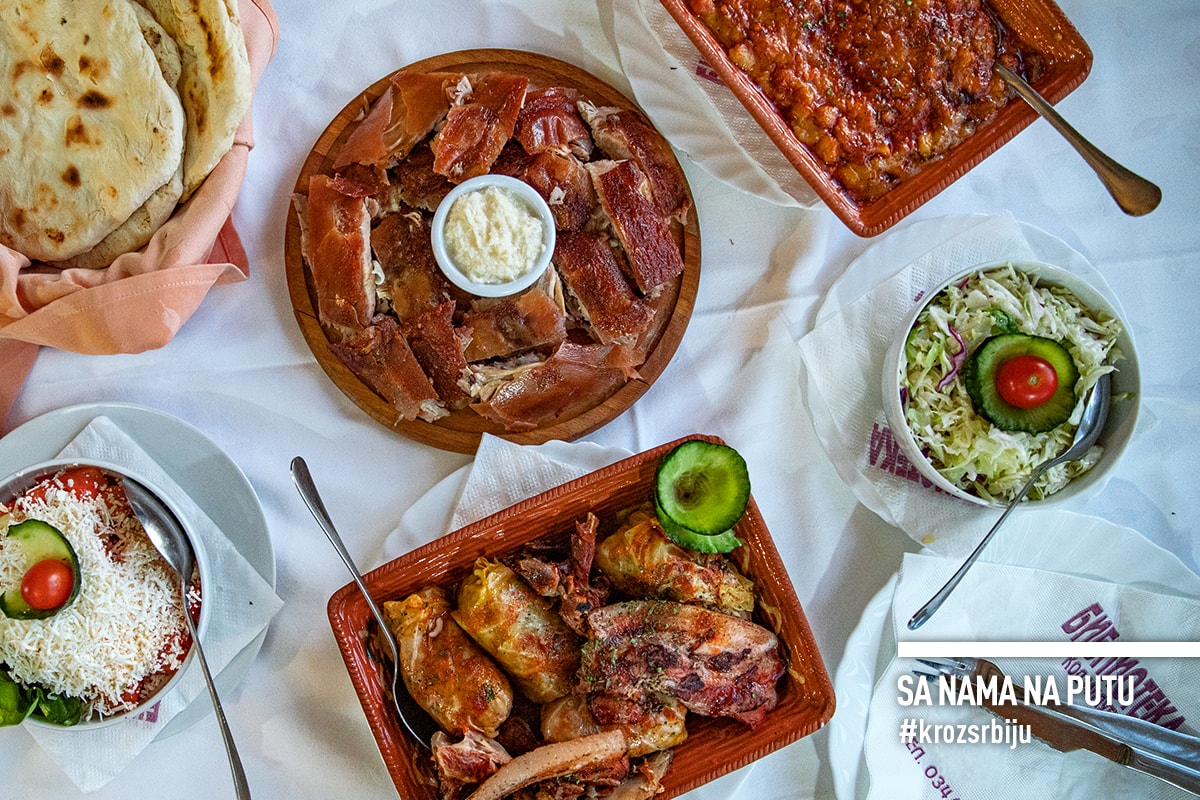We have set off to the heart of Šumadija, to the city on the banks of the Lepenica that once was the capital. Niš-bound highway, fast and comfortable, takes us to Kragujevac.
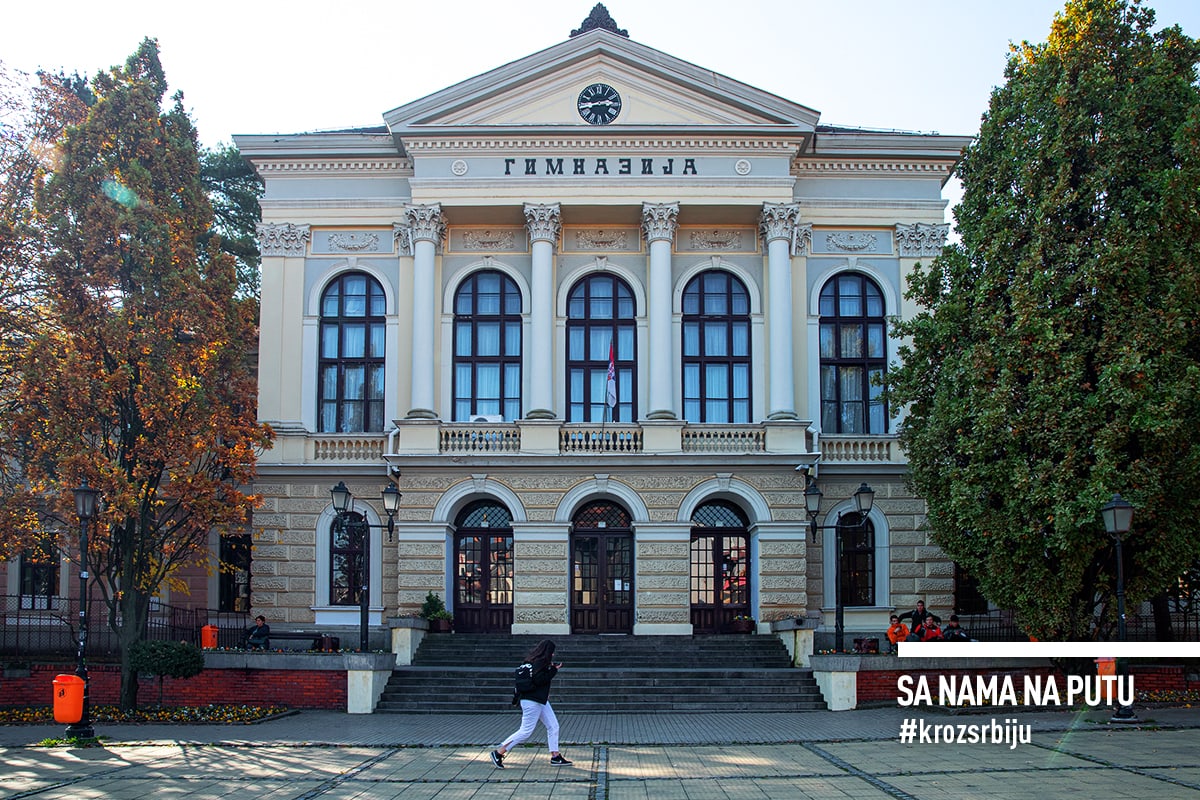
Why visit Kragujevac and Šumarice park?
1. Because Kragujevac was the head of Serbia
Traces of life in the area of today’s Kragujevac take us back in time. It was added to the Serbian state by Stefan Nemanja in XII century. It was first mentioned as a significant settlement in Turkish writings in 1476 as Kragujevdža. It is believed to be named after the bird “kraguj”, a predator akin to eagle that was used for hunting during the Middle Ages and that found a suitable habitat in the Lepenički forest. The bird adorns the city’s coat of arms to this day.
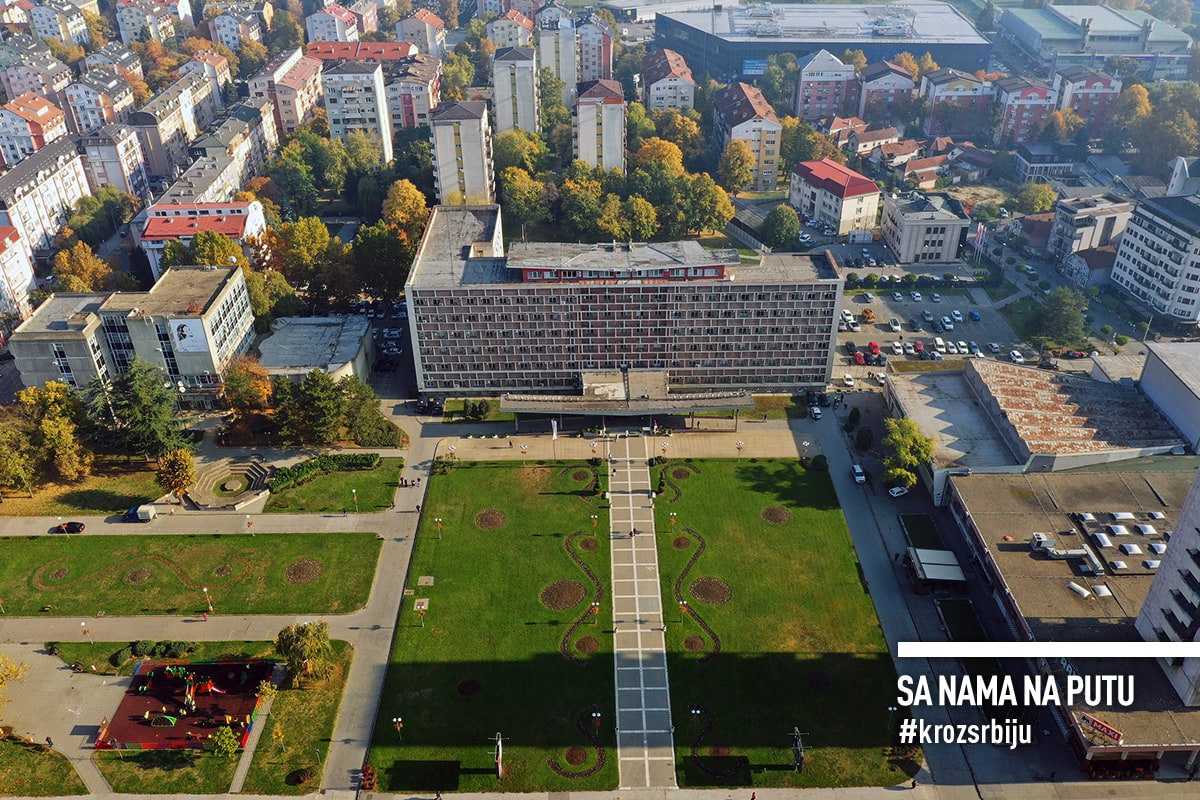
Kragujevac became Serbia’s capital in 1818 and started to prosper with acquisition of autonomy in 1830. In many aspects it was in the lead. The first theatre, Princely Serbian Theatre, with Joakim Vujić at the helm, was opened in 1835, even though the performances had been held a decade earlier. Today’s tiny building was built in 1928. The Belgrade University has its roots in Kragujevac, too, where a Lyceum, university’s forerunner, was founded in 1838. It also boasts the first gymnasium on the territory of then Serbia, even today a magnificent building. In front, towards the Đački Trg and the monument of Vuk Karadžić, a magnificent view, at the back, towards the Palace complex, a picture of woe. Scratched walls, truncated facade, scattered garbage. It does not suit future academics at all. The first military musical band, Princely Serbian Band, was founded in Kragujevac. It performed marches, folk and appropriate songs. It developed till it ceased to exist in 1841 leaving the title to Belgrade. However, during the Great War it was Serbia’s seat. It was home to the Supreme Command. This is where the victorious plans for the battles of Cer and Kolubara were born. It is no wonder since a native of Kragujevac, Marshal Radomir Putnik, a great warrior and leader, was at the helm of the army.
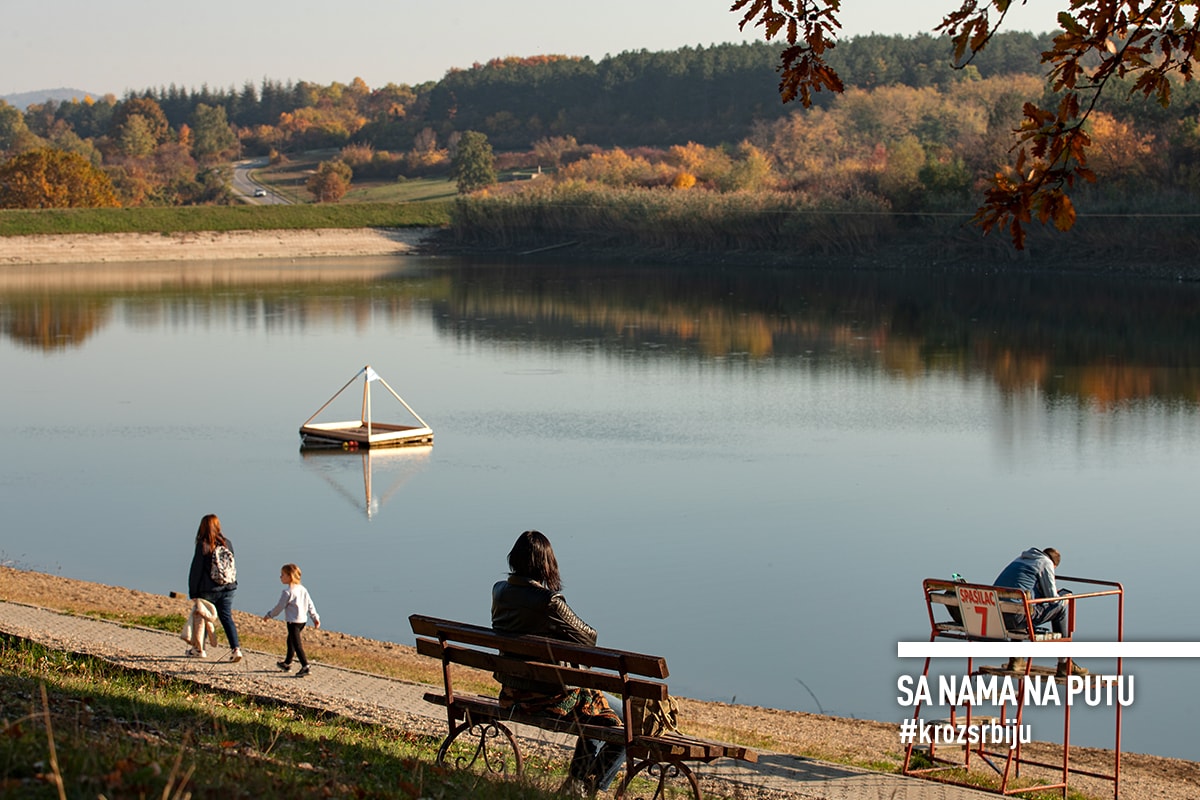
Other famous landmarks include the Cathedral, the first built in the Byzantine-Roman style in the liberated Serbia, the magnificent St. Sava Church, the Assumption monument in honor of fellow citizens fallen in recent wars and the monument to Marshal Putnik.
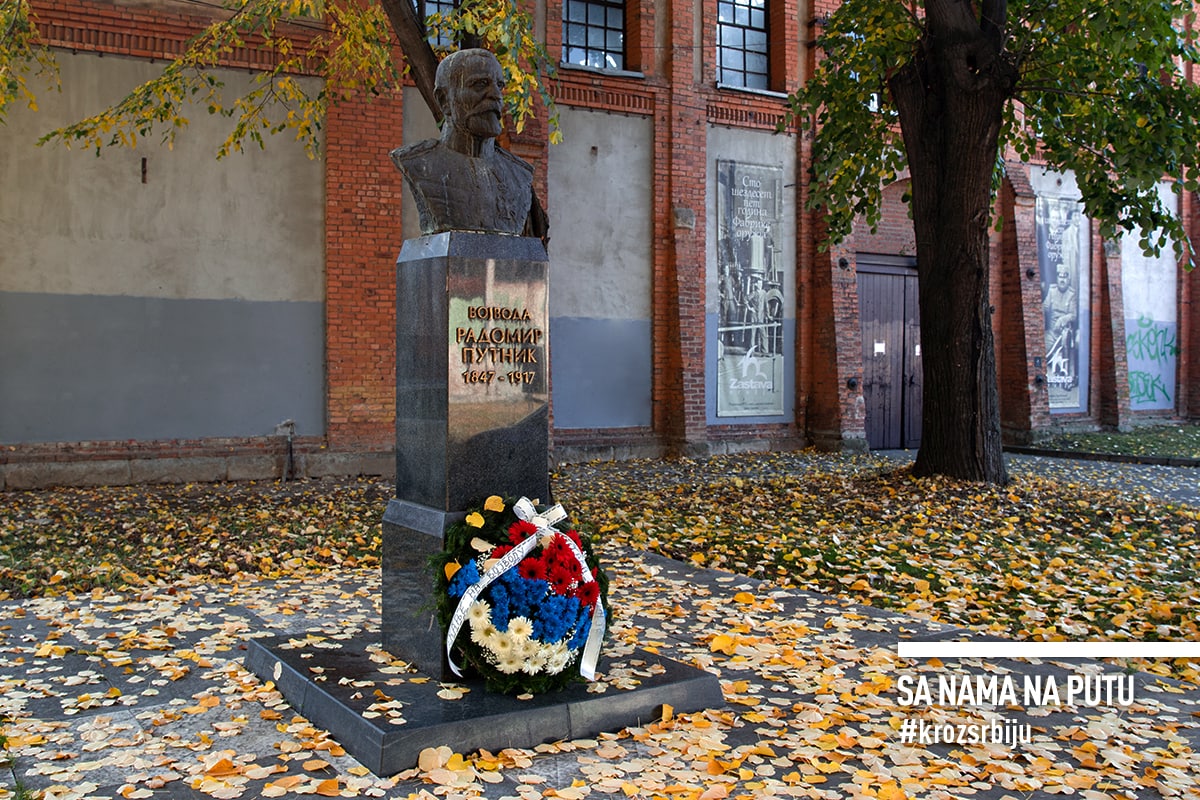
2. Because it was the seat of Milos the Great
Besides cultural and administrative buildings, he also had a palace complex built. It is now a part of the Kragujevac National Museum, with the central exhibition located in the Mikhail’s residence. Excavations of the Vinča and Starčevo culture found in central Serbia, reconstructed houses, fabric matrices, jeweler, terms. Bone tools are on display.
The most beautiful building within the complex is Amidžin, also known as Momački konak dating back to 1818 built in a typical Balkan-Oriental style. It has an interesting warrior setting – the first flintlock rifles, holsters, scythes, sabers, original documents in Turkish, records of the Constitution of Sretenje and Serbia’s then-flag. It doesn’t look a lot like the modern one. Ljubiča konak, or Šarena konak, where Milan and Mihailo Obrenović were born burned down in a fire at the end of XIX century. It’s a meadow now. The prince’s residence was destroyed in a bombarding in 1941 and no one bothered to have it re-built. But there is a Miloš bust as a memory that he once ruled there.
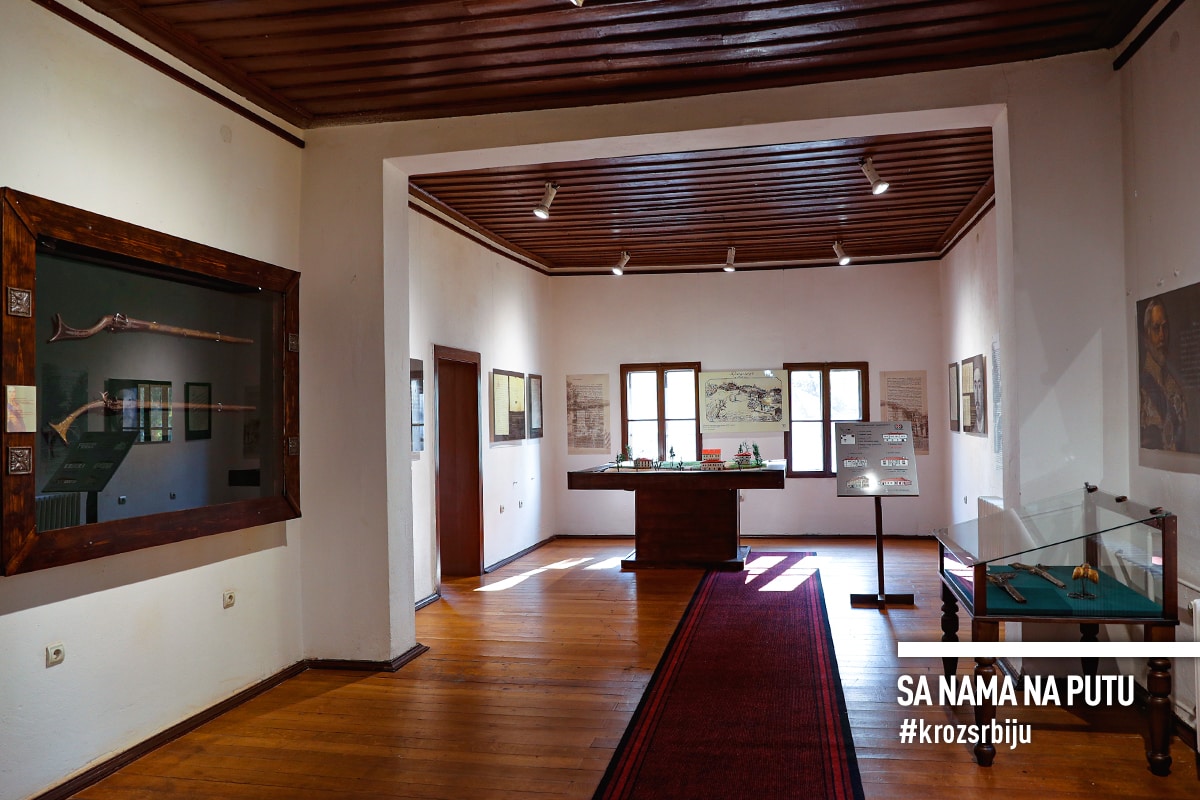
3. Because the Sretenje constitution was declared in Kragujevac
On the other bank from the Lepenica, opposite the Palace complex, an Old Church was built in the first days of the reign of Miloš who received the permission to build it provided its height did not exceed the surrounding mosques. The Church is historically invaluable. The parliamentary life of the newly liberated Serbia began in the port. Until the construction of the Assembly building, parliamentary sessions were held in the open air and the common folk could be present. They always started with a liturgy. The first Serbian Constitution, the Sretenje Constitution, was signed there on 15 February 1835. It was one of the most democratic supreme legal acts. It seemed too democratic for the great powers and was suspended under their pressure 55 days later. Written by Dimitrije Davidović, it is considered one of the most valuable legal acts of the new century.
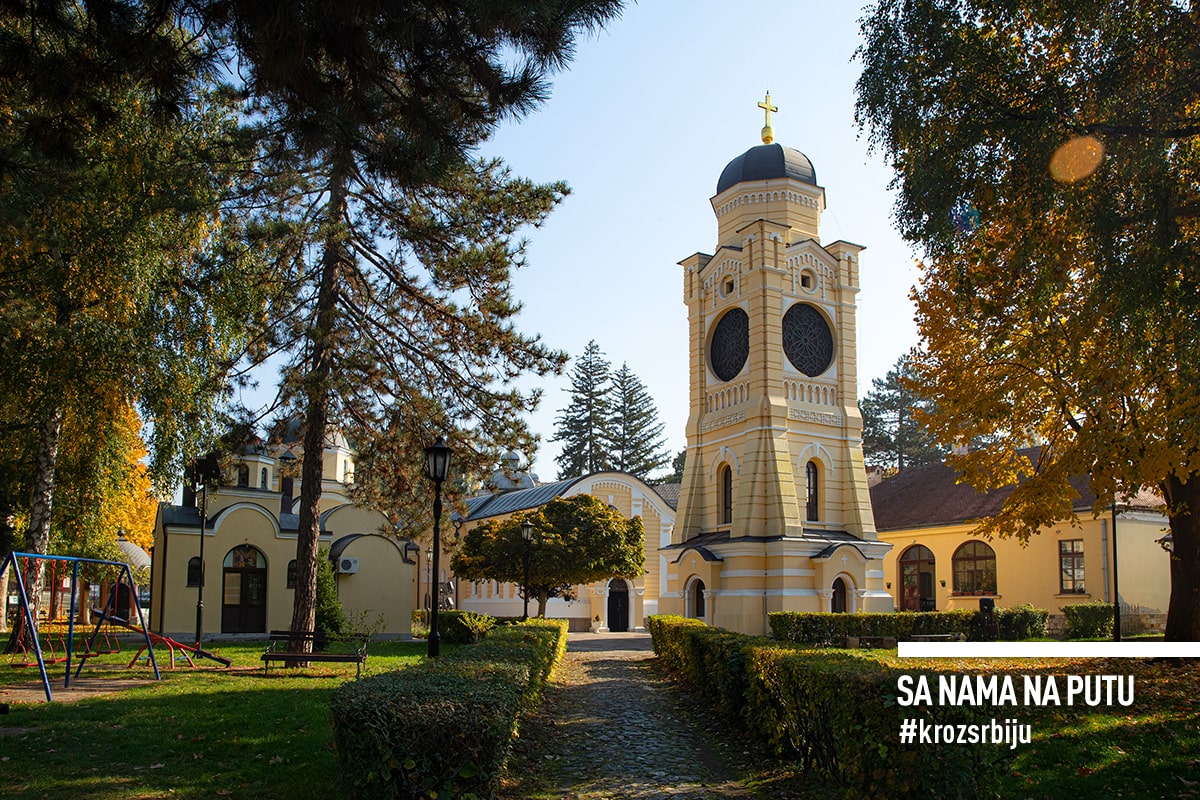
Many crucial decisions for the country and its people were adopted in the Old Assembly. The war on Turkey was declared there in 1876 and decisions of the Berlin Congress were read according to which Serbia gained complete independence. It is a part of the National museum today. This beautiful and interesting setting can teach a lot about an important period of Serbia’s past.
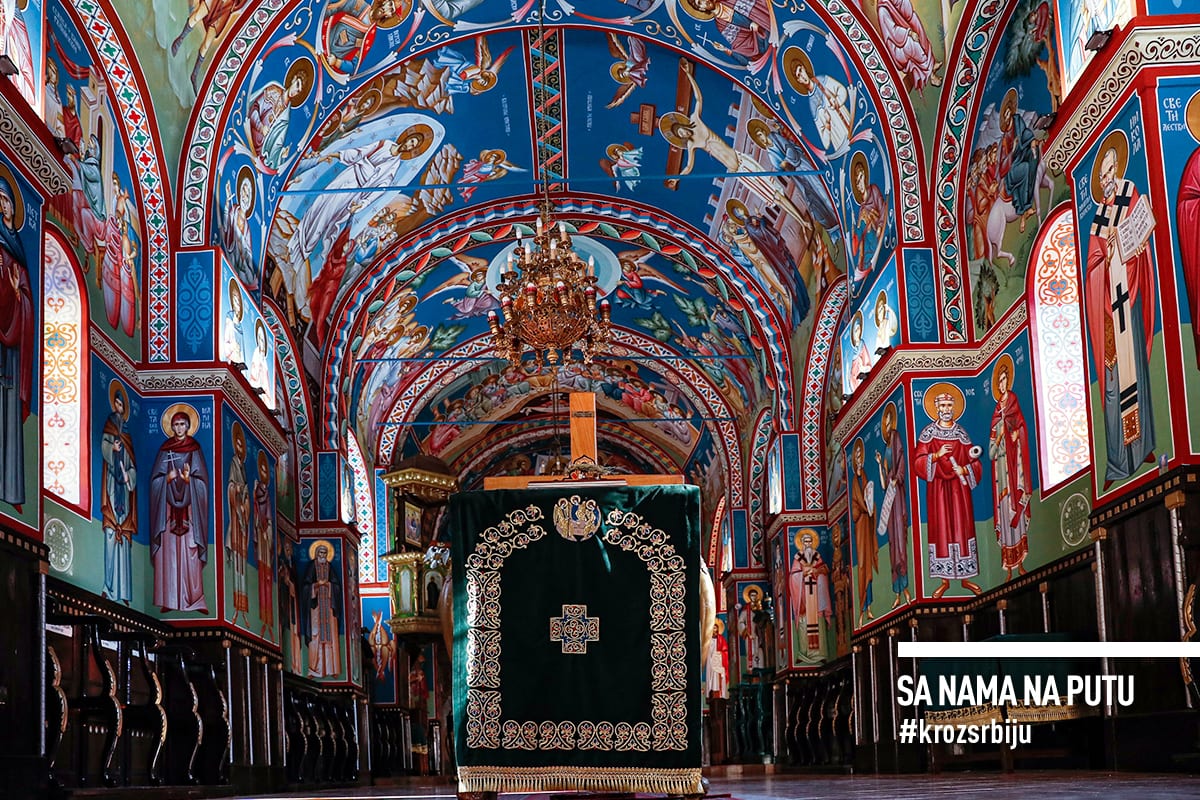
It is, perhaps, the most beautiful part of Kragujevac we have visited. Neat, tidy, spiritual and historically priceless.
4. Because the “Old foundry” museum is a weapon arsenal
The first neighbor of the Old Church and the Assembly is a once-powerful Zastava complex. Today many buildings are neglected and abandoned. The truth is they were destroyed during the NATO bombing. Kragujevac has a long tradition of weapons. As early as in 1836, there was an Arsenal for small arms repair that quickly grew into the military equipment factory. In the middle of XIX century, Topolivnica (Old firearms factory) moved to Kragujevac from Belgrade. Those were turbulent times and having your own weapons was important.
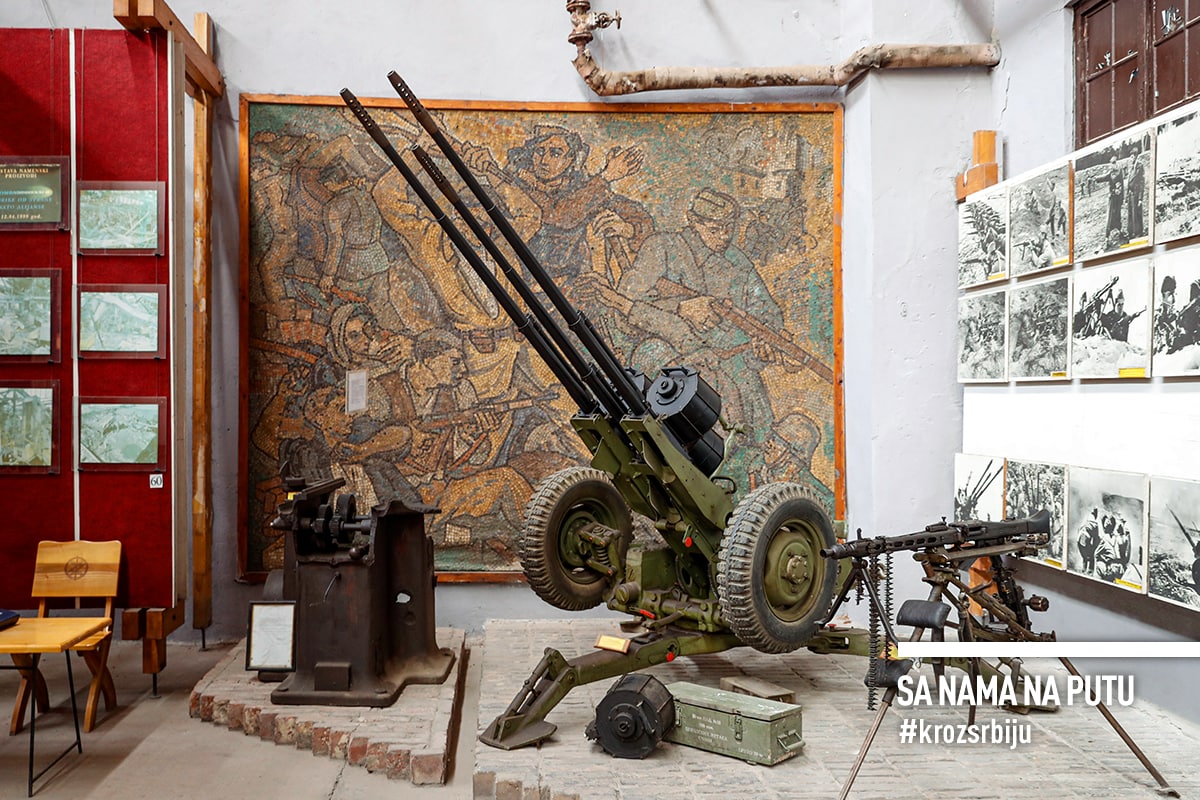
The Old Foundry museum is located in the building of the late XIX century. It is a very unusual place in an extraordinary setting. Machines and tools, archives, photographs, seals and decorations. A model of the first cannon cast in Kragujevac, rarities like the Mauzer-Milovanović rifle known as Kokinka and its improved versions Djurčka with five bullets, first Serbian hand grenade, M24 rifle which was entirely made in Kragujevac, as well as instructions on how to load a disassembled cannon on a horse. You never know what you might need. It is a walk through the history of Serbian military industry but also present are some examples “from the outside”. Very exciting, especially for ammunition fans.
5. Because Šumarice are an incurable wound
The official name is the Kragujevac October Memorial Park but for many it is and always will be Šumarice. It feels closer. Spanning 350 hectares, it has 29 tombs of the fallen in October 1941. About 3,000 innocent people were shot, including 300 youngsters and high school pupils and 40 children aged 12-15. Mounds were erected in their memory.
At the entrance to the Memorial Park is the 21 October museum. A reddish and simple building does not look like a museum. As we walk to the entrance astonished, we realize that there isn’t a single window, anywhere. The light comes from above. Like in a grave. Pits drenched in the blood of Kragujevac victims. Horror originally displayed in the museum building. Poems of Branko Miljković, penetrating, screaming, eternal, greet us.
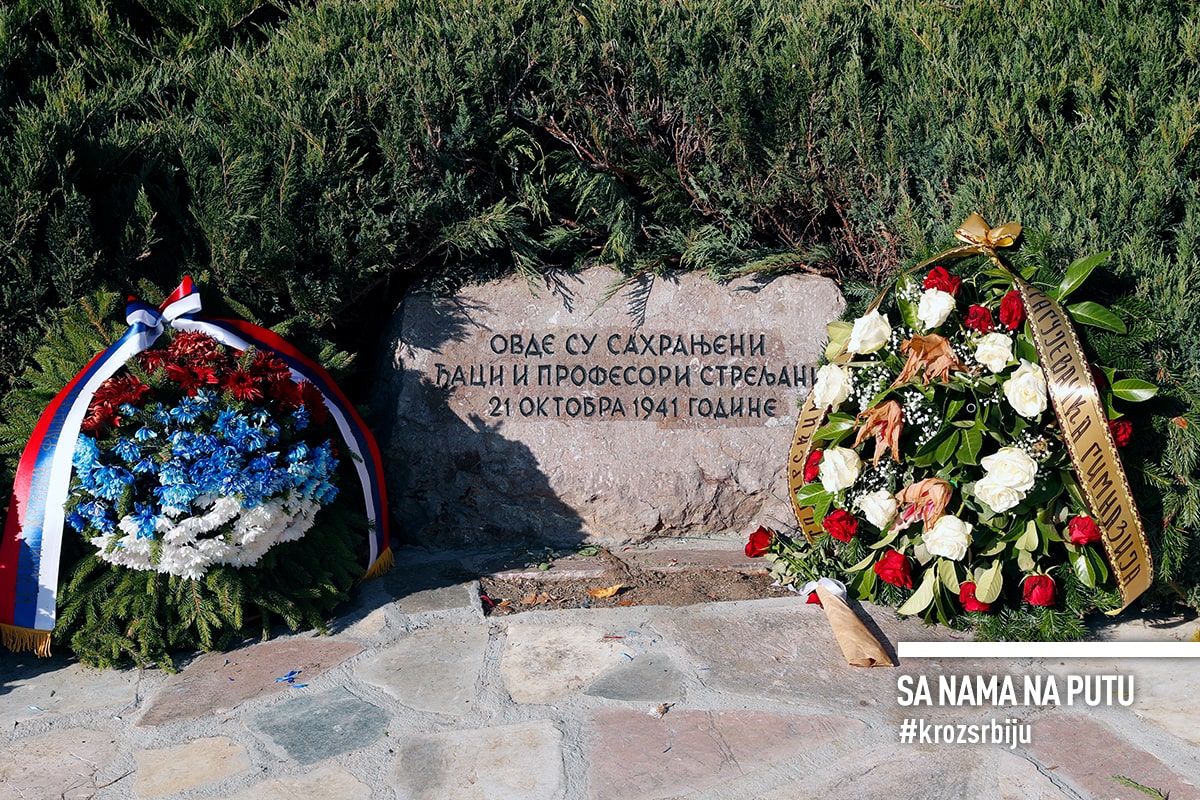
The permanent exhibition traces the history of the Kragujevac crime. Documents, photographs, personal belongings, last thoughts and messages sent to loved ones, written with trembling hands on pieces of paper, school books, personal documents, several impactful works of art, embroidered verses of Bloody Fairy Tale by Desanka Maksimović… And a creepy dark room with lighted circles on the walls representing victims. Some have a face and a name, many are empty. Nameless. A horrifyingly shocking setting. Worthy of memorial victims.
The mounds inside the Memorial Park are connected by a footpath. The most famous is the Monument to executed pupils and teachers, a work by Miodrag Živković who named it according to some sources the Interrupted Flight. The largest group of pupils and 15 teachers were executed there. A white marble mound, a symbol of innocence, purity and youth terminated when it was about to grow. A line from Desanka’s Bloody Fairy Tale and a historical phrase of a fearless professor: “Shoot, I have a class to teach!”
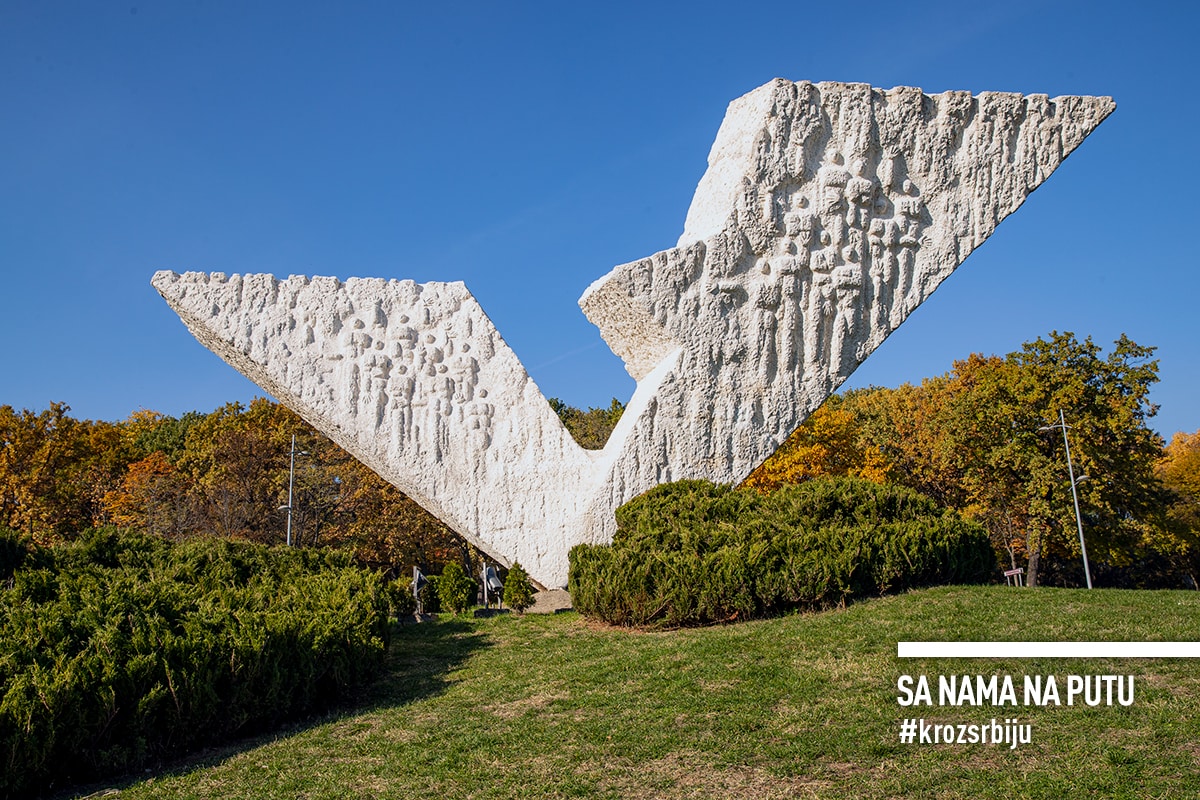
The most prominent monuments include Pain and defiance, Resistance and freedom, Crystal flower dedicated to fifteen shoe shiners, boys aged 12 to 15, A table for one, the memory of the infamous order of the Nazi general Franz Böhme and a work of the Mexican sculptor Against evil. A whole millennium, in just a day.
At the start of XXI century, a temple chapel of the Kragujevac martyrs was built in the Serbian-Byzantine style. The entire Memorial Park is beautifully arranged, decorated with flowers, immaculately clean. It is the least we can do for the victims.
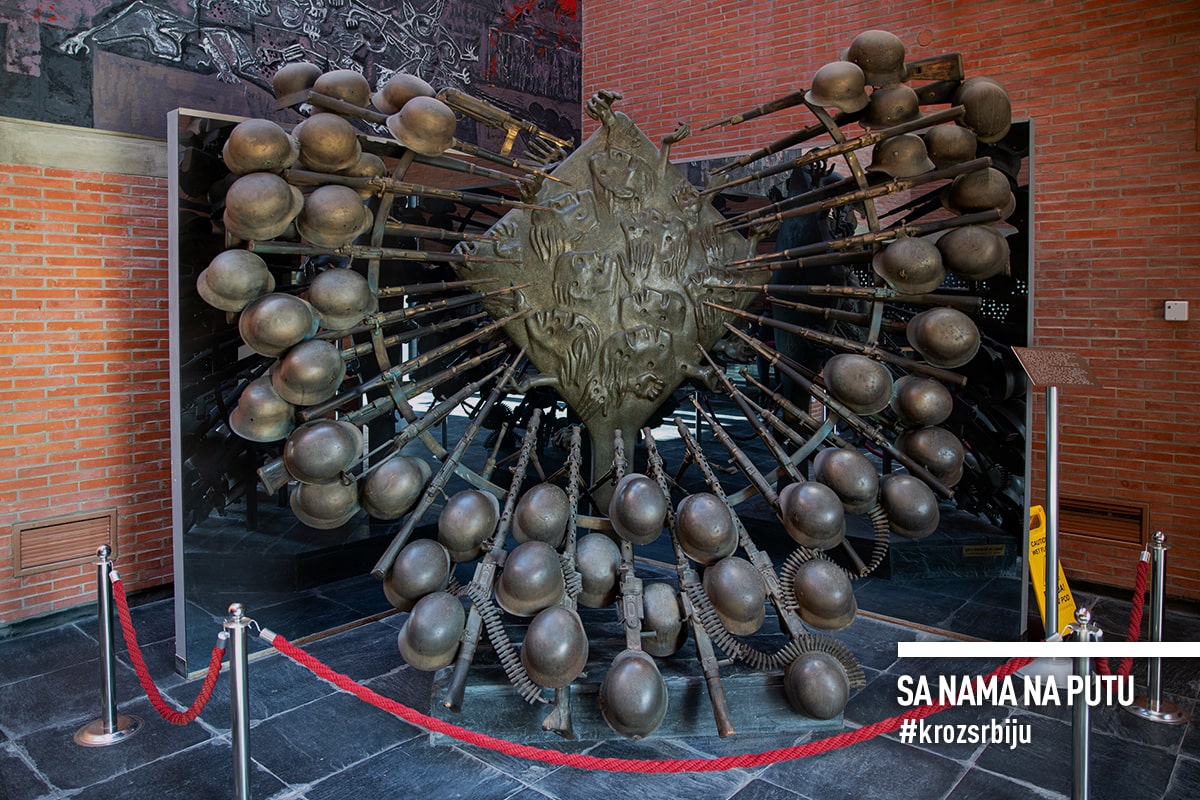
6. Because the Šumarica lake is a sports oasis
Located in the vicinity of Šumarica, this artificial lake with a well-kept beach is salvation from the heat in summer, and all the year round a recreational destination with a rich fun, entertainment and sports offer: beach volleyball court, table tennis, adventure park for kids and adults, playground for the youngest and a zip line to cross the lake. There is a cafe, a restaurant, even a medical station. In autumn, it is mostly frequented by walkers and fishermen. When the asphalt glows, it must be very crowded and lively here. Then you can rent pedal boats, speed boats and scooters, and swim, of course.
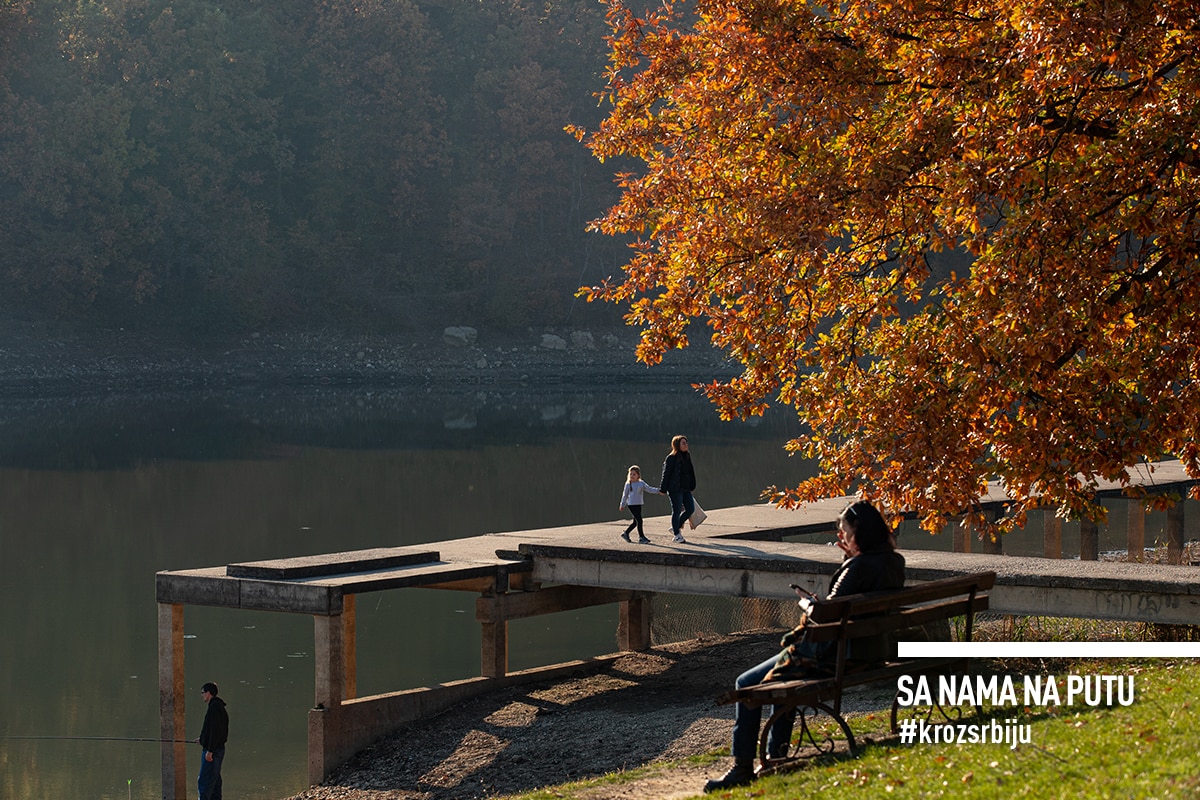
7. Because Sa nama na putu is always by your side
We take a break at one of numerous NIS Petrol stations. Fans of the loyalty program, we are looking for our Sa nama na putu cards but a kind worker reminds us that we “can also use the app”. Indeed, we start Sa nama na putu application, scan QR code, one click, done! We paid with collected bonus points this time.
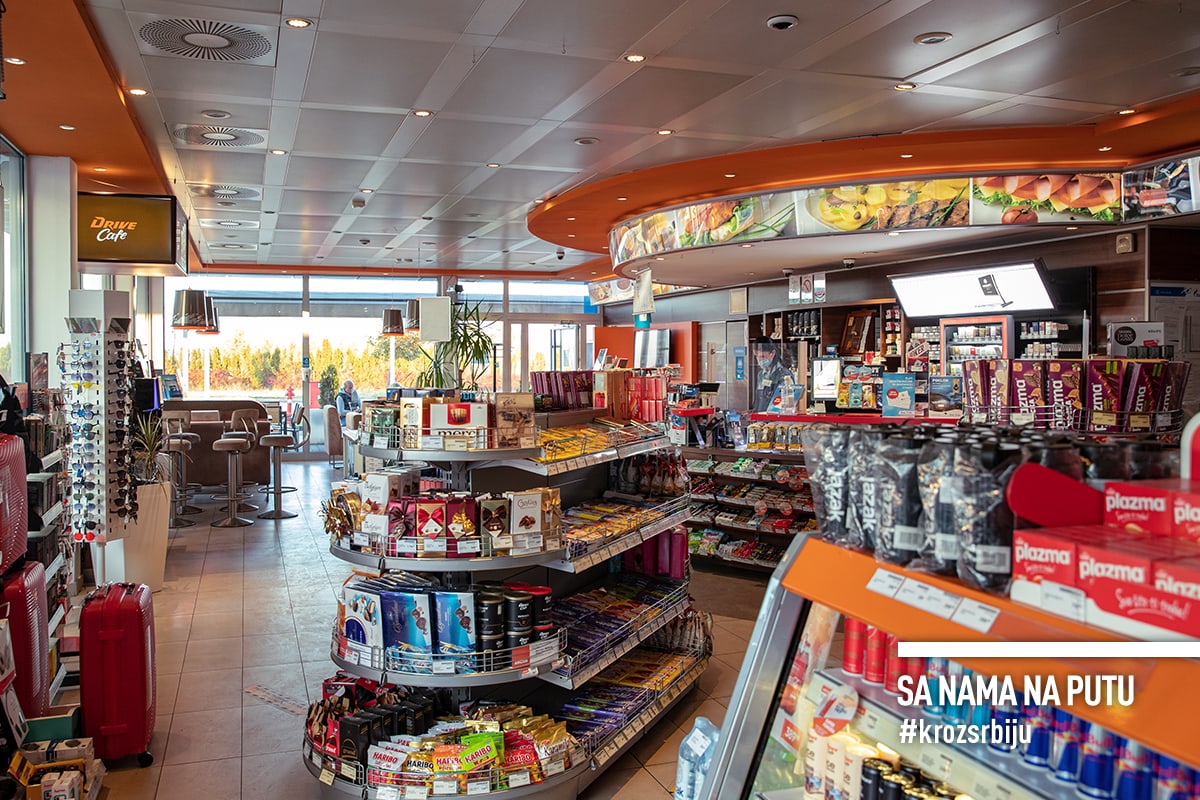
There were many of us at the station, and the worker added another useful piece of information: new members who join the program by 30.11. get 500 bonus points with their first fuel purchase. A great offer, isn’t it?
We want to get to know gastronomic beauties of this part of Serbia.
8. Beacuse at Milutin’s library you eat in Šumadija style
What a strange name for a tavern. Only Serbia could combine books and baking. Who says that cooking, just like books, isn’t man’s best friend? Milutin did his best to prove the point. You can consume knowledge while consuming the food. Books lure from the shelves but there is no one to pick them up. True to Šumadija, we chose pork under the sack. It is juicy and melts in your mouth, even lamb lovers wouldn’t say no to it. Prebranac and homemade sarma with tortillas instead of bread, not traditional for Kragujevac but hot and delicious. Artful waiters are cordial and smiling. Milutin can really create a literary work. It wouldn’t be the first time in the history of Serbia’s kafanas.
